US-Sport
NBA: The Celtics and their offensive problems: Basketball is contact sports!
The Boston Celtics have made a sobering start to the season (9-8). Some problems were to be expected, others however drive Brad Stevens rightly to frustration. In order for this team to achieve its goals, the offensive mentality in particular needs to change.
A lot was expected from the Boston Celtics before the season started. That they would have one of the best defensives in the league was certainly one of them, after all it was their hobbyhorse last season. There were also certain difficulties with the acclimatisation and (re-)integration of some players, especially Gordon Hayward.
However, even the biggest pessimists would not have expected the Eastern Conference to be one of the worst offensive teams in the league in mid-November. That said Hayward opened the game against Charlotte as a bank player after he had previously offered this indirectly. Or that Jaylen Brown, one of last season’s shooting stars, would rank 417th out of 430 NBA players this season according to ESPN’s Real Plus minus.
There’s a lot of trouble with the Celtics, and the problems go beyond the moderate 9-8 balance and some expected tuning difficulties. Nobody wants to press the panic button yet – but the latest statements from Boston reveal more and more a certain frustration, which has its justification.
“We need to approach the games with a harder mentality,” said Brad Stevens over the weekend after another bloodless offensive by his team against Utah. “We just don’t have the mentality we need.”
In that game, Boston’s head coach at the beginning of the fourth quarter was so annoyed by his starters that the Celtics had to make their last comeback attempt with an unprecedented lineup of Irving, Brad Wanamaker, Guerschon Yabusele, Semi Ojeleye and Daniel Theis – and failed.
If you’re looking for the main reason for Stevens’ frustration, you can pick and choose. There are phases in almost every game in which the concentration goes flute. There are far too many attacks in which one player is active and everyone else is watching. There is the simple (and solvable) problem that Stevens himself still searches for the lineups that fit best together.
More than anything else, however, it is the stagnation in the offense that causes concern, and with it the choice of throws. The Celtics have a great arsenal of strong offensive players, with Irving and Jayson Tatum also at least two who can’t be kept in one-on-one. Good yards, cutters and shooters all over the squad. How can these parts function so badly together?
If you take a look at the throwing profile of the Celtics, you get a more than old-fashioned picture. The Celtics penetrate very little, no team closes less often in the zone and only the Magic pull even less free throws compared to the attempted throws. Boston throws a lot of threes, but it doesn’t hit them well – from the left corner alone, the Celtics currently reach 24.2 percent. The overall rate of downtown (31.2 percent) is the worst of the NBA.
Here, however, one may at least partially point to the small sample. So far, only a very modest 34.4 percent of nba.com/stats’ “wide open” threesomes have been hit, with Boston playing almost exactly 19 per game. These are good throws – these should continue to take the Celtics and sooner or later most of their shooters will meet them again (Marcus Smart not, but that’s another topic).
The Celtics take a big bunch of bad litters, though. Pullups from the middle distance after a bunch of dribblings are rightly frowned upon in today’s league – in Boston they are (far too) a big part of the offense. Tatum in particular sometimes seems too eager to show off his arsenal of handles and throws instead of simply making the simple, smart basketball decision. And he’s not the only one.
Especially Tatum, Brown and Terry Rozier have grown in expectations. You can often see that in their eyes – they don’t play intuitively, they think too much. “They have to get used to the fact that they now have the pressure to perform every day in a great team,” Irving said. “If they don’t meet this standard, the team won’t click.”
It’s not just the boy, of course. The whole team thinks too much, too often the Celtics degrade each other to spectators. Hayward has already indicated in some games how important he can be as an additional playmaker, but in most games he has not had a positive presence. Most of the time he (understandably) avoids contact completely and is thus another passive shooter instead of the physical penetrator of old jazz days.
Brown, on the other hand, often looks completely lost when Irving or Tatum start their dueling banjos routine. It’s no coincidence that almost only Marcus Morris and Daniel Theis score more efficiently than last season – players who know their roles and don’t have to think about them much. Apart from Irving, that’s hardly true of anyone else. There is hardly any game flow, players force throws, also because there is no hierarchy in the offense.
And yet – it is still much too early to lose your nerves, even if the impulse is close. The defense is elitist and gives Boston a chance to win every game. The Offense is currently still taking them too regularly, but the Celtics have already shown that things can be different. The overtime game against the Raptors was probably the best example in this respect.
Against the best or second best team of the conference (depending on how you feel about Milwaukee) the Celtics finally showed what they are made of. Of course, the Irving (43 points, 11 assists) was the one who stood out the most, but it was not only Uncle Drew – Tatum finally went to the basket in the second half and overtime, and Hayward was also the hoped for factor in the Crunchtime for the first time.
In addition, the Celtics played aggressively as a team – a characteristic they too often missed so far. The game showed that they can compete against the absolute top teams. The following defeats, however, showed that they are not yet one of these top teams themselves – but they are lacking in well-rehearsedness, focus and, above all, consistency.
The positive news is that the season is still very long. Many problems of Celtics have to do with tuning and the mathematical standard deviation of open throws – they will not last forever, even if the regression to the middle may be too late to dispute Milwaukee or Toronto’s top positions in the East, if it is not soon so far.
The negative news: Time alone will not ensure that this high-calibre team learns to exploit all its strengths, play consistently and find a role distribution in which all players find their way. Or that the players who tend primarily towards Jumpshot often seek and find their way into the zone in the collective.
These impulses must primarily come from the team itself – Stevens can only lead, but not implement. “We’re not where we want to be yet,” the coach noted on Monday, and one could only agree with him: This team still has a long way to go.


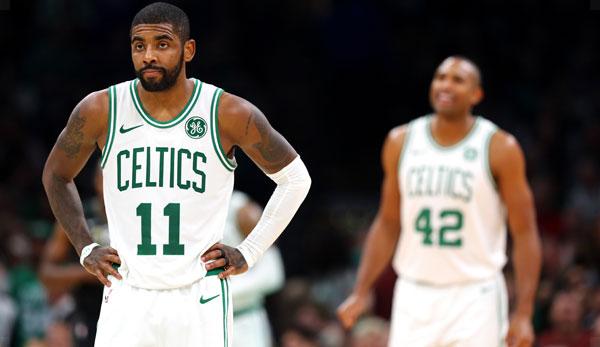
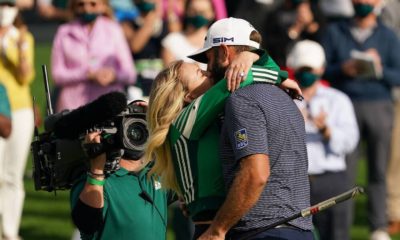
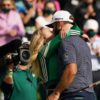


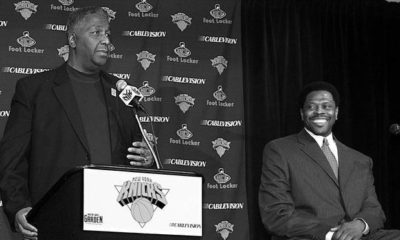
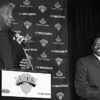
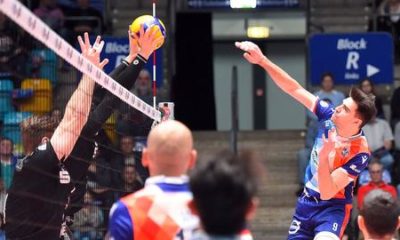
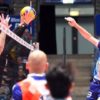
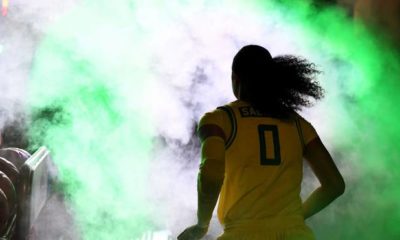


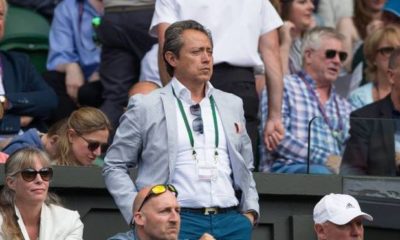
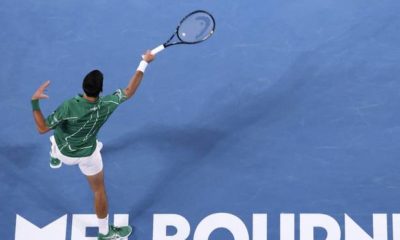
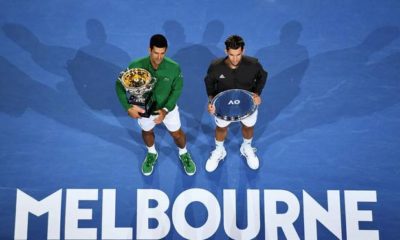

You must be logged in to post a comment Login